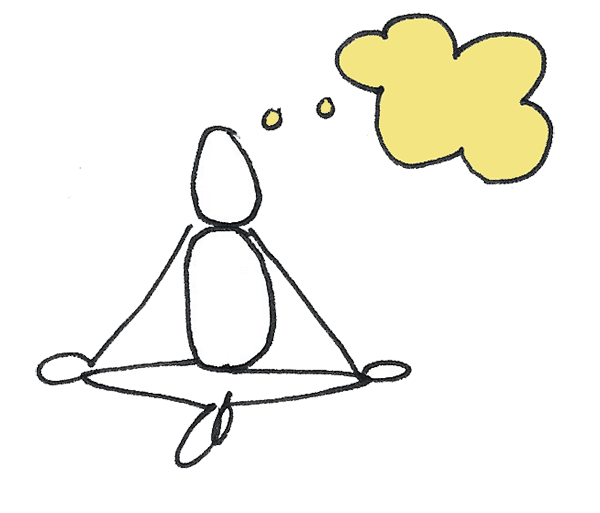We The People @ 250
Launch
July 4th, 2023


A New Science of Happiness: The Paradox of Pleasure
The pursuit of happiness is enshrined in the founding document of our nation as a fundamental and inalienable right. Yet nowhere is the method of this pursuit clearly defined. What, exactly, does it mean to be happy, and how can such happiness be sustained over the long-term? Can happiness be accurately gauged or measured? How does the paradoxical relationship between happiness and pleasure shape our quest to lead the good life? And what does modern science have to tell us about this universal yet elusive pursuit? Attorney and author Kim Azzarelli, historian Darrin McMahon, and social psychologist Barry Schwartz join forces to share their research and insight on happiness, pleasure, and the coveted good life.
October 8, 2015
The New York Academy of Sciences
Personal Tools for Well-being
Happiness in Action
We all want to live happy and fulfilling lives and we want the people we love to be happy too. So happiness matters to all of us.
Happiness is about our lives as a whole: it includes the fluctuating feelings we experience everyday but also our overall satisfaction with life. It is influenced by our genes, upbringing and our external circumstances - such as our health, our work and our financial situation. But crucially it is also heavily influenced by our choices - our inner attitudes, how we approach our relationships, our personal values and our sense of purpose.
There are many things in life that matter to us - including health, freedom, autonomy and achievement. But if we ask why they matter we can generally give further answers - for example, that they make people feel better or more able to enjoy their lives. But if we ask why it matters if people feel better, we can give no further answer. It is self-evidently desirable. Our overall happiness - how we feel about our lives - is what matters to us most.
In recent years there have been substantial advances in the science of well-being with a vast array of new evidence as to the factors that affect happiness and ways in which we can measure happiness more accurately. We now have an opportunity to use this evidence to make better choices and to increase well-being in our personal lives, homes, schools, workplaces and communities.
The research shows that we need a change of priorities, both at the societal level and as individuals. Happiness and fulfilment come less from material wealth and more from relationships; less from focussing on ourselves and more from helping others; less from external factors outside our control and more from the way in which we choose to react to what happens to us.
The Four Sources of Happiness
Aspen Institute
Most people think that happiness has four sources: the sensory pleasures (from art to chocolate), material wealth, romantic relationships, and children. But recent research suggests that much of what people think about happiness is wrong. Daniel Gilbert, author of “Stumbling on Happiness," hosts this symposium in which experts discuss what science has discovered about each of these sources: the sensory pleasures (Paul Bloom is the author of "How Pleasure Works"), material wealth (Tim Kasser is the author of "The High Price of Materialism"), romantic relationships (Eli Finkel is the author of "The All-Or-Nothing Marriage") and children (Jennifer Senior is the author of "All Joy and No Fun").
A Formula for Happiness
Aspen Institute
Social scientists have cracked the code on happiness. By marrying ancient wisdom and new data, we can identify what brings the most happiness — and the most unhappiness — to the most people. American Enterprise Institute President Arthur C. Brooks argues that the answers should not only change the way we live our lives, but also disrupt how we govern our country.
Arthur C. Brooks: How to Build a Fairer, Happier, and More Prosperous America
NCC
Leading policy thinker and American Enterprise Institute president Arthur C. Brooks offers his bold vision for conservatism as a movement for social and economic justice. Reihan Salam, executive editor of National Review, moderates. Introductions by Jeffery Rosen at the National Constitution Center.
The Positive Psychology Center at the University of Pennsylvania. They have quite a few related psychological tests you can take online: http://www.authentichappiness.sas.upenn.edu/questionnaires.aspx
Psychological Sense of Community: Theory of McMillan & Chavis (1986)
In 1974, psychologist Seymour Sarason's seminal book introduced the concept of "psychological sense of community," and proposed that it become the conceptual center for the psychology of community, asserting that psychological sense of community "is one of the major bases for self-definition" (p. 157). Quite a few studies have followed, and in addition to some treatment that has been characterized as fuzzy and atheoretical (cf., Pretty, 1990), some impressive theoretical and empirical development has emerged around this concept, which by 1986 had come to be regarded as a central overarching value for Community Psychology (Sarason, 1986; Chavis & Pretty, 1999).
Using twitter to predict heart disease | Lyle Ungar | TEDxPenn
Can Twitter predict heart disease? Day in and day out, we use social media, making it the center of our social lives, work lives, and private lives. Lyle Ungar reveals how our behavior on social media actually reflects aspects about our health and happiness.
The World Well Being Project is a collaboration between computer scientists and psychologists, pioneering big data techniques for measuring physical and psychological health and well-being based on language in social media.
What Is Well-Being? Definition, Types, and Well-Being Skills
Want to grow your well-being? Here are the skills you need.
January 2, 2019